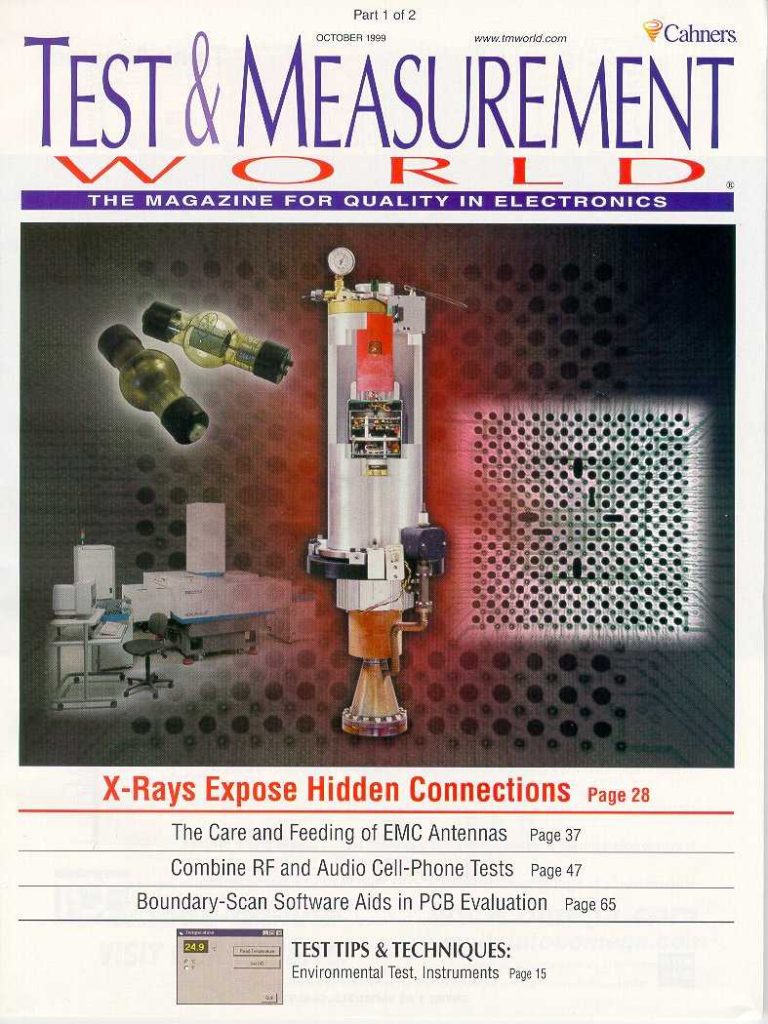Abstract
The assessment of neuronal number, spatial organization and connectivity is fundamental for a complete understanding of brain function. However, the evaluation of the three-dimensional (3D) brain cytoarchitecture at cellular resolution persists as a great challenge in the field of neuroscience. In this context, X-ray microtomography has shown to be a valuable non-destructive tool for imaging a broad range of samples, from dense materials to soft biological specimens, arisen as a new method for deciphering the cytoarchitecture and connectivity of the brain. In this work we present a method for imaging whole neurons in the brain, combining synchrotron-based X-ray microtomography with the Golgi-Cox mercury-based impregnation protocol. In contrast to optical 3D techniques, the approach shown here does neither require tissue slicing or clearing, and allows the investigation of several cells within a 3D region of the brain.
Introduction
Neurons have distinct morphology and specific patterns of connectivity, which are essential for its proper functioning. The neuronal organization and network are the basis for understanding brain function in health and disease. Therefore, the deep comprehension of these features may help to uncover the whole functioning of the brain as a unit, based on the individualized activity of its main components, the neurons1.
The study of neurons as individualized unities has its beginning in the 19th century with the creation of the Neuron Doctrine, established as a result of the work developed by Santiago Ramon y Cajal on the basis of histological techniques developed by Camillo Golgi2,3,4. Since then, neuroscientists have been pursuing enhanced ways to improve the view of brain cells and networks. However, the assessment of the three-dimensional (3D) brain cytoarchitecture with a sub-cellular resolution is still one of the greatest challenges in neuroscience. In the past two decades, a great variety of new techniques has been developed to explore the neural circuits of the whole brain5,6,7,8,9. Nevertheless, confocal optical microscopy is still the main method for 3D visualization of brain cells at a microscopic level10. In addition, well established methods such as magnetic resonance imaging11, serial block-face electron microscopy12 and histological sectioning13, although also commonly used, still face some issues such as lack of contrast, extensive sample preparation protocols and the destructive nature of serial sectioning. Therefore, new 3D imaging techniques are needed to assess increasingly larger brain volumes architecture at single cell level.
Since its discovery, X-rays showed to be an important non-destructive tool for imaging a broad range of samples, from dense materials to soft biological specimens. In addition, in the last few years, X-ray computed microtomography (X-ray μCT) appeared as a new method for deciphering the cytoarchitecture and connectivity of the brain in a non-destructive manner due to its high penetration depth, providing 3D information of different biological structures14,15. The tomographic slices are digitally reconstructed from several projection images acquired by a rotational scan, a very straightforward process compared with serial sectioning16,17. These projection images can be formed by numerous contrast mechanisms, based on the different X-ray‒matter interaction cross sections. Absorption contrast imaging, based on inhomogeneous transmission of the X-ray beam through the mass density distribution of a sample, was the first and possibly yet the most widespread form of X-ray imaging. Nonetheless, the absorption cross-sections of the lighter elements that constitute soft biological tissues, like the brain, are small, resulting in a weak absorption contrast.
Other contrast methods have to be employed in order to isolate structures within a brain sample. For instance, the inhomogeneous phase shifts experienced by the X-ray wave field traversing an object can be a more efficient contrast mechanism. After free space propagation, these phase shifts result into intensity modulations that can be orders of magnitude larger than the ones caused by the inhomogeneous absorption. This so-called propagation-based X-ray phase-contrast method has been recently exploited to reveal single-cell resolution images of a mouse brain cytoarchitecture18 and also to resolve the structure of entire myelinated mouse nerves19. Another efficient way of increasing the X-ray imaging contrast is by impregnating the biological sample with a chemical compound that has a higher-Z element in its composition. These staining-based methods require more elaborate sample preparation but, by exploring the selective affinity of these molecules with parts of the soft biological tissue, can be used to discriminate more specific brain structures16,17,18,20,21. However, due to the intrinsic ultra-high connectivity of the neuronal network, segmentation of whole neurons, i.e. partitioning the brain tomographic data into non-overlapping regions that represent the neuron cell body, axon and dendritic structure, was not possible so far. Not only the segmentation of entire neurons becomes inaccurate, but also extremely cumbersome in these highly connected and densely packed brain tissue. Consequently, the segmentation of a subset of more sparsely isolated whole neurons in 3D brain images, though lacking the complete neuronal connectivity information, can still provide evidence for the morphological and spatial organization of the brain neuronal network. This information can potentially reveal invaluable clues about the mechanisms underlying both normal brain function and pathology.
The Golgi-Cox staining method22,23 is a powerful technique to study neuronal connection, morphology as well as glial components. This method is commonly employed in histological techniques, since it is capable to stain only a small fraction of whole neuronal elements (of the order of 3–10%), allowing segmentation of single neurons for long distances in 2D optical images. Despite the fact that only a small fraction of neurons is impregnated with the stain, cells that are rendered more visible by the staining agent and maintain all features including cell body, dendrites, dendritic spines and axons.
Here we present a method of imaging combining synchrotron-based X-ray microtomography with the Golgi-Cox impregnation protocol22,23, that offers a higher and more homogeneous contrast of relatively sparsely distributed whole neurons within the tissue. In contrast to other optical 3D techniques, the approach shown here does neither require tissue slicing or clearing, then allowing the investigation of several cells within a 3D region of a brain structure.
Results
Brain cell distribution and organization using Golgi-Cox staining
The assessment of the three-dimensional cytoarchitecture and neuronal network has an enormous potential to the mechanisms underlying brain functioning and to lead to the development of advanced and targeted treatments.
To demonstrate that the Golgi-Cox staining offers good contrast for X-ray imaging and enables the study of the in situ neuronal cytoarchitecture and 3D-organization, we evaluated the distribution of neurons in the brains of control mice compared to a well-characterized model of brain damage based on the pilocarpine-induced Status Epilepticus (SE), a period of time comprehended by seizures lasting longer than 30 min, which leads to severe and widespread cell loss in several brain areas24. Figure 1a represents the experimental protocol used for this work. After Golgi-Cox impregnation, whole brains or isolated structures (frontal cortex and medium part of the hippocampus) were submitted to different imaging methods: conventional histology, synchrotron-based X-ray μCT or bench-top μCT. As observed in an 150μm-thick coronal slice of the control brain hemisphere (Fig. 1b), neurons are evenly and reliably stained in all brain areas. While Golgi-Cox impregnation was evident throughout all brain cortex and hippocampal regions of the control group slices, the qualitative analysis of the pilocarpine-treated group 14 days after SE, clearly shows a reduction of cell number and altered distribution of neurons specially in the hippocampus (Fig. 1c), but also in the frontal brain cortex (Fig. 1d).





